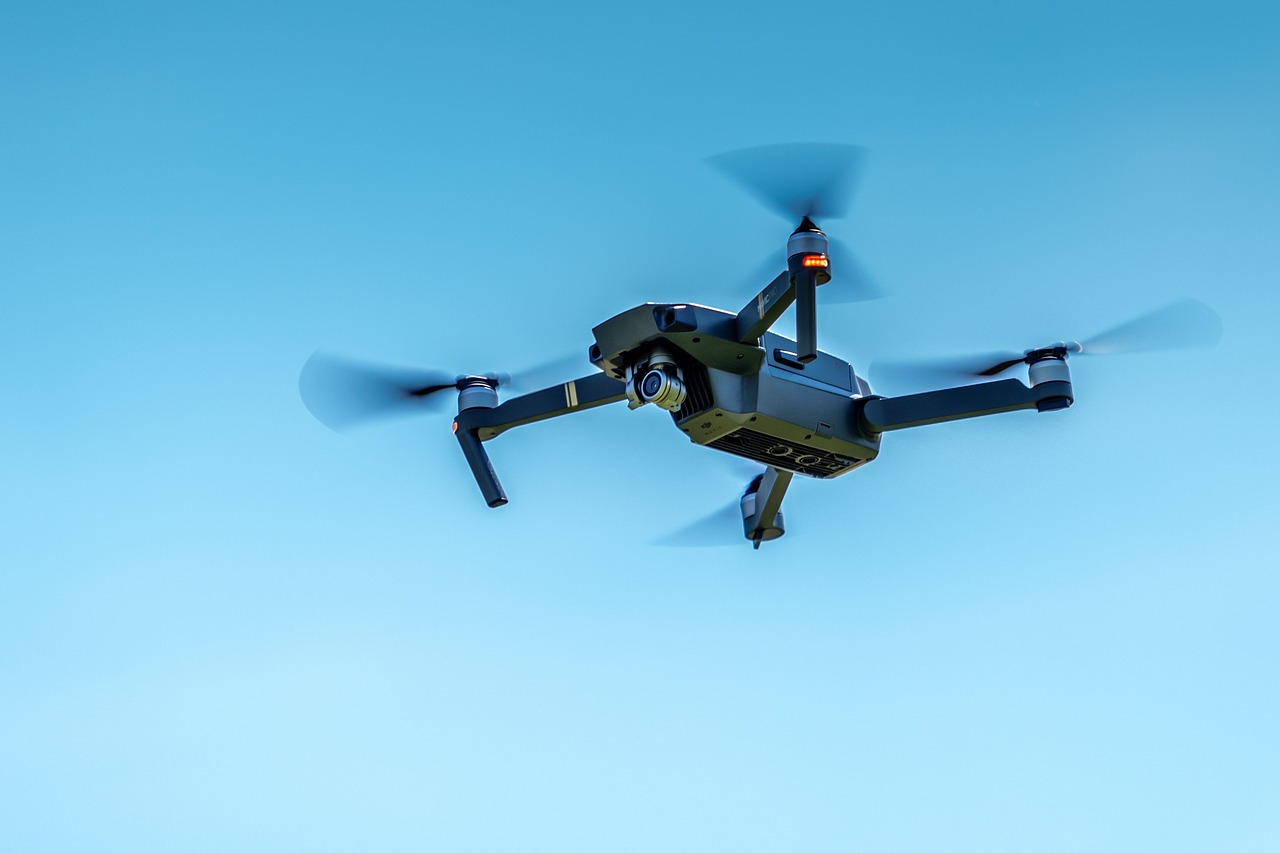This post is also available in:
 עברית (Hebrew)
עברית (Hebrew)
“Radio telescopes” are a type of telescope that detects faint radio signals arriving from distant cosmic sources, which means its site must be as silent as possible. Any noise interference can distort or block out these signals, including the faintest noises caused by gadgets like Wi-Fi, mobile phones, telescope machines, or any other electronic equipment, making astronomical studies extremely difficult.
This issue was recently tackled by a multidisciplinary team of researchers, engineers, and technicians from ICRAR who collaborated to design and build 24 Small Modular Aggregation RFoF Trunk, or SMART boxes to electrically power the SKA-Low telescope in Western Australia.
The main goal was to ensure the boxes were completely noise-free, since they had to be put amid the antennae, and it took ten years to manufacture them effectively.
According to Interesting Engineering, the team had to obtain specialized “radio quiet” parts to replace the “noisy” parts, which were then enclosed in a specially constructed casing to prevent stray radio waves from escaping. The boxes then passed their tests successfully.
The company AVI recently received a contract to manufacture 12,000 SMART boxes to power the telescope’s 131,072 antennas as well as collect incoming radio signals for further processing.
Australia’s SKA-Low telescope will conduct observations at lower frequencies using a network of 512 radio antenna stations distributed across 74 kilometers. The low-frequency range (50 to 350 MHz) allows astronomers to study a wide variety of celestial phenomena, including the early universe, cosmic microwave background radiation, pulsars, and more.
Its South African counterpart, SKA-Mid, will use 197 radio dishes to study radio waves in the middle-frequency range (350 MHz to beyond 15 GHz).
Both telescopes are expected to be completely operational by the end of this decade.


























